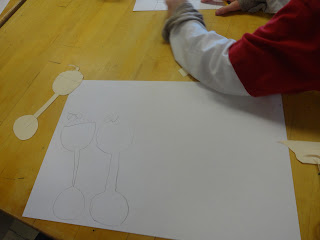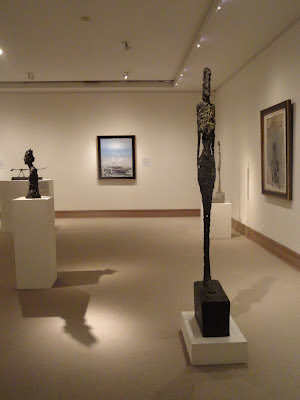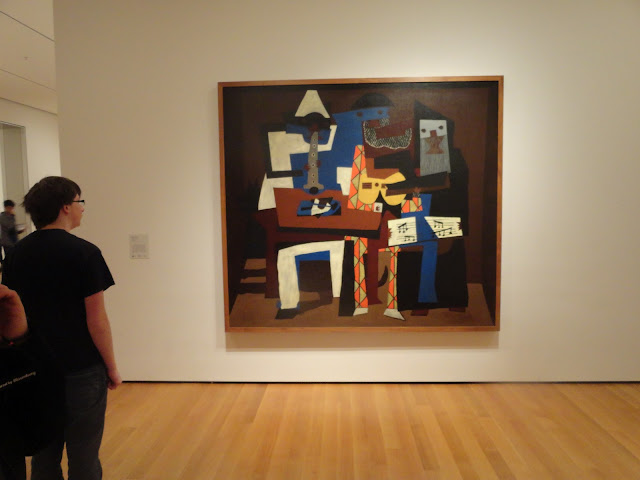
The first graders recently took a visual tour of Vincent Van Gogh's painting The Bedroom. Painted in the year 1888, it is of Van Gogh's room in his "Yellow House" in Arles, France. The first graders noticed two striking things about this particular painting. First, the first graders observed Van Gogh's thick use of paint. Second, they commented on how cool colors were used in the backgound while the warm colors were used on the things in front. We became familiar with the terms background, middleground, and foreground during our discussion.

























































